Active Coils
Those coils which are free to deflect under load.
Buckling
Bowing or lateral deflection of compression springs when compressed. related to the slenderness ratio (L/D).
Closed Ends
Ends of compression springs where pitch of the end coils is reduced so that the end coils touch.
Closed and Ground Ends
As with closed ends, except that the end is ground to provide a flat plane.
Close-Wound
Coiled with adjacent coils touching.
Coils Per Inch
See Pitch.
Deflection
Motion of spring ends or legs under the application or removal of an external load.
Endurance Limit
Maximum stress at which any given material will operate indefinitely without failure for a given minimum stress.
Free Angle
Angle between the legs of a torsion spring when the spring is not loaded.
Free Length
The overall length of a spring in the unloaded position.
Frequency (natural)
The lowest inherent rate of free vibration of a spring itself (usually in cycles per second) with ends restrained.
Helix
The spiral form (open or closed) of compression, extension and torsion springs.
Hooks
Open loops or ends of extension springs.
Hydrogen Embrittlement
Hydrogen absorbed in electroplating or pickling of carbon steels, tending to make the spring material brittle and susceptible to cracking and failure, particularly under sustained loads.
Hysteresis
The mechanical energy loss that always occurs under cyclic loading and unloading of a spring, proportional to the area between the loading and unloading load-deflection curves within the elastic range of a spring.
Initial Tension
The force that tends to keep the coils of an extension spring closed and which must be overcome before the coils start to open.
Load
The force applied to a spring that causes a deflection.
Loops
Coil-like wire shapes at the ends of extension springs that provide for attachment and force application.
Mean Coil Diameter
Outside spring diameter (O.D.) minus one wire diameter.
